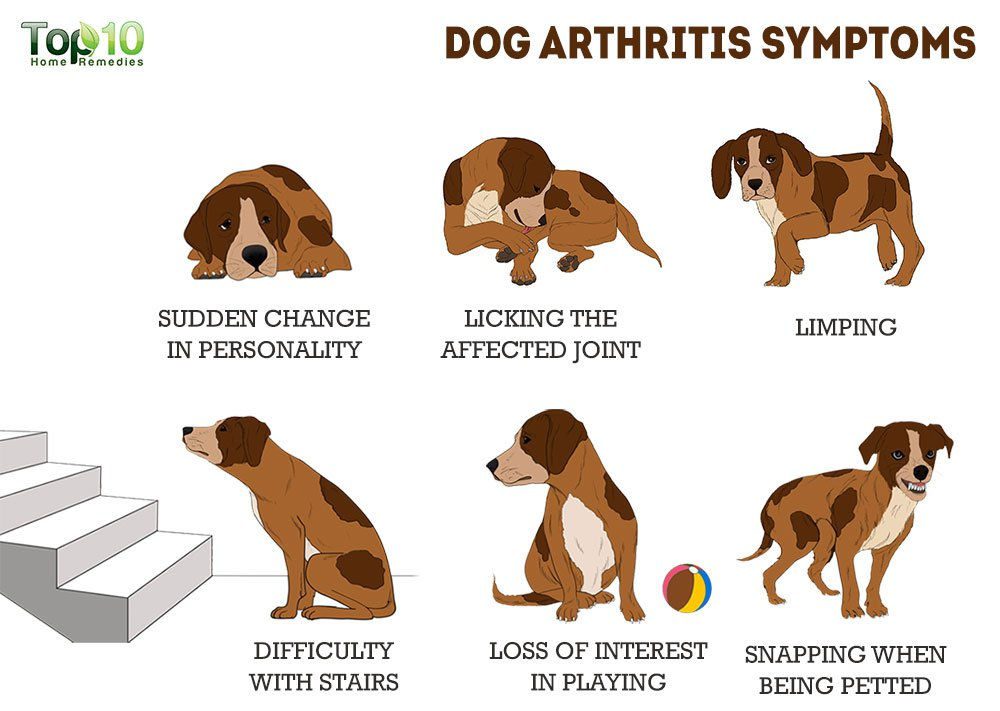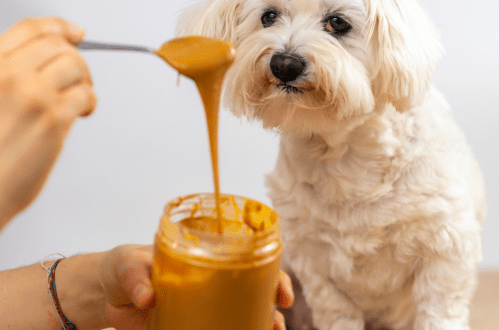
Joint Diseases in Dogs: Symptoms and Treatment
Many owners think that if their dog does not whine and does not hold one of its legs up, then it does not hurt. However, this is not the case. Some pets do squeal or limp when they are in pain, but joint problems in animals are often more subtle signs. Even the most attentive owners do not notice them. “Slowing down” is not a natural consequence of aging, so if your dog is lame, it’s time to seek help.
Contents
Signs of joint disease in dogs
How do you know if a dog is in pain? Any and all of the following may indicate chronic discomfort due to joint pain:
- increased irritability;
- lagging behind on walks;
- slower process of getting up in the morning;
- stiffness, lameness, or “slow pace”;
- increase in sleep duration;
- lack of former joy from games and walks;
- reluctance to jump into a car, go up or down stairs;
- excessive licking of the diseased joint;
- swollen joints;
- loss of muscle mass;
- yelping when touched;
- “rabbit jumping” while running.
Why do dogs have joint pain?
So what causes joint disease in dogs? Generally, joint problems in dogs fall into two main categories: growth-related and degenerative. Growth problems occur when a joint or ligament does not develop properly and, as a result, does not function properly.
Degenerative problems, in contrast, are the result of degeneration or regression of the ligament around the dog’s joints that occurs with age. Animal joints, like human ones, need proper care – proper nutrition, stretching, optimal level of physical activity, etc. Otherwise, they can begin to break down, causing discomfort to the pet.
According to PetCoach, there are seven other conditions that can affect a dog’s joint health:
- diseases of the ligaments, tendons or muscles, which can tear or tear over time;
- fractures in the joint area;
- congenital or present from birth disorders, such as Wobbler’s syndrome or luxation of the patella;
- hormonal diseases;
- metabolic disorders;
- cancer;
- inflammatory joint diseases, including Lyme disease or rheumatoid arthritis.
How to anesthetize a dog with joint pain
Luckily, dogs don’t have to suffer from chronic pain these days. Science has provided a wealth of opportunities to reduce the pain associated with joint problems in pets.
If a four-legged friend is diagnosed with joint pain, the first thing to do is to make sure that the dog is at a normal weight. Obesity is a common problem in dogs, and the extra weight that extra weight puts on the joints exacerbates the signs of arthritis. With problems with the joints, overweight animals experience much more pronounced pain compared to thin ones.
Weight loss alone can significantly reduce symptoms. Your veterinarian will tell you exactly if your pet needs to lose weight and then help develop a weight management plan if needed. If this measure does not help, you can try a diet for weight loss or food for weight loss and maintaining joint health at the same time.
Joint pain can also be controlled with anti-inflammatory drugs, for dogs as directed by your veterinarian. Under no circumstances should you give your pet pain or arthritis medications for humans, or attempt to self-select dosages.
supplements
Joint health supplements are gaining popularity among dog lovers. Some of the best known and clinically tested joint health supplements for dogs are glucosamine hydrochloride, chondroitin, and omega-3 fatty acids.
Not all joint supplements are the same. To ensure safety and effectiveness, you need to buy only those drugs that the attending veterinarian will recommend. Some medicated foods are formulated with joint-health ingredients so the supplements you need go straight into your dog’s bowl..
Painkillers for Dogs for Joint Pain: Promising Solutions
Dog rehab and sports medicine are two of the fastest growing segments of the veterinary market, and for good reason. Certified veterinarians, rehabilitators, can help pets walk again without pain. This direction is an excellent alternative to the treatment of joint pain in dogs.
Rehabilitation uses a variety of techniques and exercises to reduce pain, build muscle, and increase flexibility in even the oldest dogs. Dog rehabilitation specialists use everything from hydrotherapy and water treadmills to laser therapy, acupuncture, balance balls and massage. Even one or two sessions with such a specialist can help a four-legged friend and allow the owner to learn exercises that strengthen muscles and increase joint flexibility pet.
Regenerative medicine is another promising area for relieving joint pain in dogs. The two treatments, platelet-rich plasma injections (PRP for short) and stem cell injections, are definitely providing relief to four-legged patients suffering from joint pain.
These treatments help reduce pain and inflammation in painful joints. According to the Center for Veterinary Health at the University of Missouri, PRP has already proven itself in the treatment of osteoarthritis in humans and as an adjunctive therapy in joint replacement surgeries.
Arthritis joint pain treatment in dogs works best when used in combination with a combination of medications, weight loss, and joint supplements. This approach is so effective that experts have coined the term “multimodal therapy” for it, which implies several treatment regimens. This approach should be discussed with a veterinarian.
Prevention of joint diseases in dogs
Dogs with healthy joints tend to give birth to healthy puppies. When purchasing a puppy from a breeder, you should look at the father’s and mother’s hip and elbow scores on the Animal Orthopedic Foundation scale and make sure they are good or excellent. If the dog is adopted from a shelter, you should ask the staff if they have any information about the pet’s health or hereditary history.
For the prevention of joint diseases, a dog needs proper nutrition from the first days of life.
Although genetics do play a significant role in a number of joint diseases in dogs, it is possible to minimize the risk of developing them in a puppy. The main thing is to feed him the right food in the right quantities under the supervision of a veterinarian.
Just because a dog has been diagnosed with joint disease doesn’t mean the fun and games are over. There are many ways to maintain joint health and prevent this condition. The veterinarian will definitely tell you how to improve the quality of life of your four-legged friend today.





